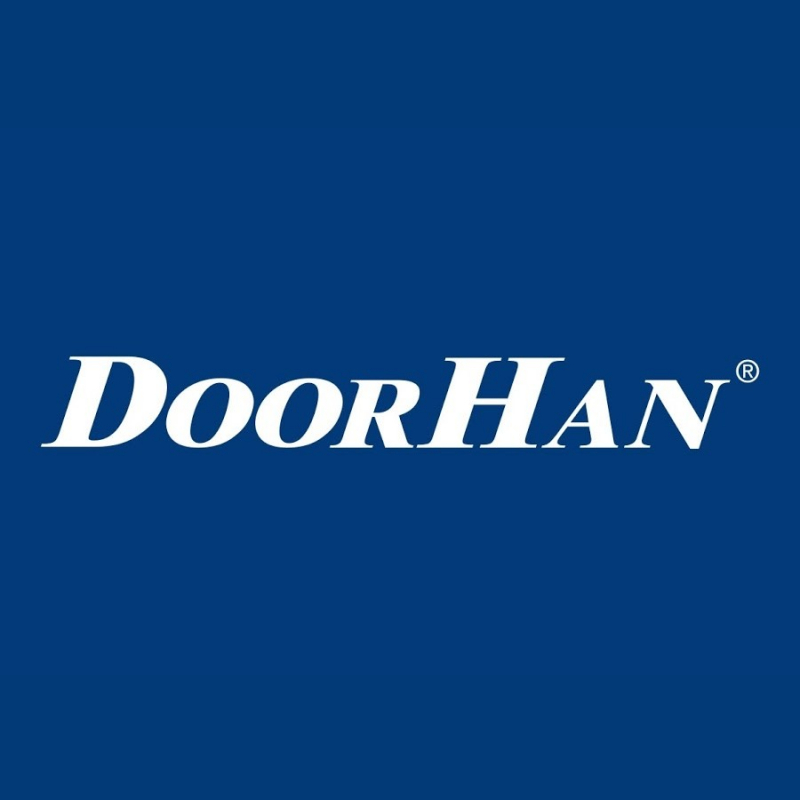The area of one panel is 12 m2
Total panel area 528 m2
Thickness, mm 100
Width, mm 1150
Length, mm: from 2000 to 11900 mm
Loading rates for a container
The internal volume of a 40-foot container is 67.3-67.8 m3.
The maximum carrying capacity is 24.8-26.8 tons.
The weight of a 40-foot container without cargo is 3,640-4,000 kg.
The production of sandwich panels is carried out on the ultra-modern Helling line in accordance with the international standard ISO 9001. The technology for the rapid erection of buildings, block modules or other types of prefabricated structures provides for the installation of enclosing systems on frames. The main structural elements, as a rule, are panels made of sheet and heat-insulating materials of the "sandwich" type.
PIR – inner core is an advanced thermoset polyisocyanurate (PIR) foam which is sandwiched between two layers of embossed aluminium foil facings.Sandwich panels are made of hot-dip galvanized sheet steel, which is manufactured using cold-rolled steel. Building materials are made from steel with a thickness of 0.45 to 0.7 mm - the type of polymer coating may differ. Dorkhan mineral wool slabs, obtained on the basis of basalt rocks, act as the core. The connecting element between the core itself and the metal used for cladding is a two-component polyurethane adhesive.
Expanded polystyrene - (polystyrene foam) - an environmentally friendly material. It has high thermal insulation properties. It is an excellent sound insulator, practically not affected by moisture, resistant to alkalis and weak acids, frost-resistant, strong, durable. Expanded polystyrene is able to carry significant loads for a long time. Expanded polystyrene is a self-extinguishing material (it contains fire retardants), i.e. it does not support the combustion process without contact with an open flame. Expanded polystyrene is lighter than mineral wool, which greatly facilitates the installation of sandwich panels with this type of filler.
It is possible to manufacture Combined - they are a combined layer of expanded polystyrene and mineral wool based on basalt rocks. Expanded polystyrene and mineral wool are arranged in layers and parallel to the outer metal sheets along the entire plane of the panel and are glued together with a two-component polyurethane adhesive. In these panels, the functions of fire resistance are assigned to a layer of mineral wool, and the provision of thermal and strength characteristics is achieved through an expanded polystyrene layer.
Weight of zinc coating, g/m² 275
Panel facing metal thickness, mm 0.5
Mineral wool density, kg/m³ 130
Thermal conductivity coefficient, W/(m K) 0.042-0.043
All colors from the RAL chart are available.
Dimensions (custom sizes available):
|
Indicator name
|
Unit rev.
|
Value
|
|
|
Thickness
|
mm
|
20; thirty; 40; 50; 60; 70; 80; 85; 90; 100
|
|
|
Length x width, with “L” -edge **
|
mm
|
2385×1185, 1185×1185, 1185×585
|
|
|
Length x width, without “L” -edge
|
mm
|
2400х1200, 1200х1200, 1200х600
|
|
Basic physical and mechanical characteristics:
|
Indicator name
|
Unit rev.
|
F / F
|
CXM / CXM
|
|
|
Thermal conductivity, no more, at:
(25 ± 5) 0 С
operating conditions A
operating conditions B
|
W / (m * K)
|
0.021
0.022
0.023
|
0.023
0.025
0.026
|
|
|
Compressive strength at 10% linear deformation, not less
|
kPa
|
120
|
|
|
Water absorption by volume during long immersion
(28 days), no more
|
%
|
1.0
|
|
|
Operating temperature
|
o C
|
from – 65 to + 110
|
|
|
Flammability group
|
–
|
D1
|
G4
|
|
PIR-based heat-insulating material belongs to a special class of thermosetting polymers with a gas-filled closed cell structure containing a permanent inert gas responsible for reduced thermal conductivity. One of the features of PIR is its specific chemical structure, which is characterized by a combination of a rigid ring molecular structure and strong high-density chemical bonds. These features provide increased thermal resistance of the insulation, as well as resistance to fire. The carbonizing substance on the surface of the material when exposed to flame leads to the formation of a “porous” protective carbon matrix, which prevents further thermal decomposition of the inner layers of the polymer, contributing to the preservation of the integrity of the building structure with PIR. Thermal insulation boards PIR have a long service life, due to the fact that they have minimal water absorption, are not subject to the destructive effects of aggressive media, as well as decay, incl. in high humidity conditions. PIR boards have straight or molded ends in the form of an “L” -edge to improve the joining of the material to each other and create a continuous thermal insulation loop without cold bridges.
Advantage of PIR plates:
- Not flammable.The limit value is EI 150, so the sandwich panels remain intact in the event of a fire and block the spread of flame.
- 100 % eco-Friendly
- Rigidity that allows the use of sandwich panels on floors
- Simple installation. It can be installed without heavy equipment, using conventional winches
- Fasteners for self-tapping screws and mounting foam.
- Foam thickness of 115 mm annually saves 162 kWh per 1 sq m
Application of PIR insulation on a metal basis. Interior finishing with drywall or directly on the metal. Packing of sandwich panels is carried out in transport packages packed with stretch film with foam sheets.
Application area: Heat-insulating PIRs are used in civil and industrial construction when installing flat roof systems on metal and concrete bases with adhesive or mechanical fastening. Also, PIR thermal insulation boards can be used to insulate floors (including loaded ones) and facades.
















